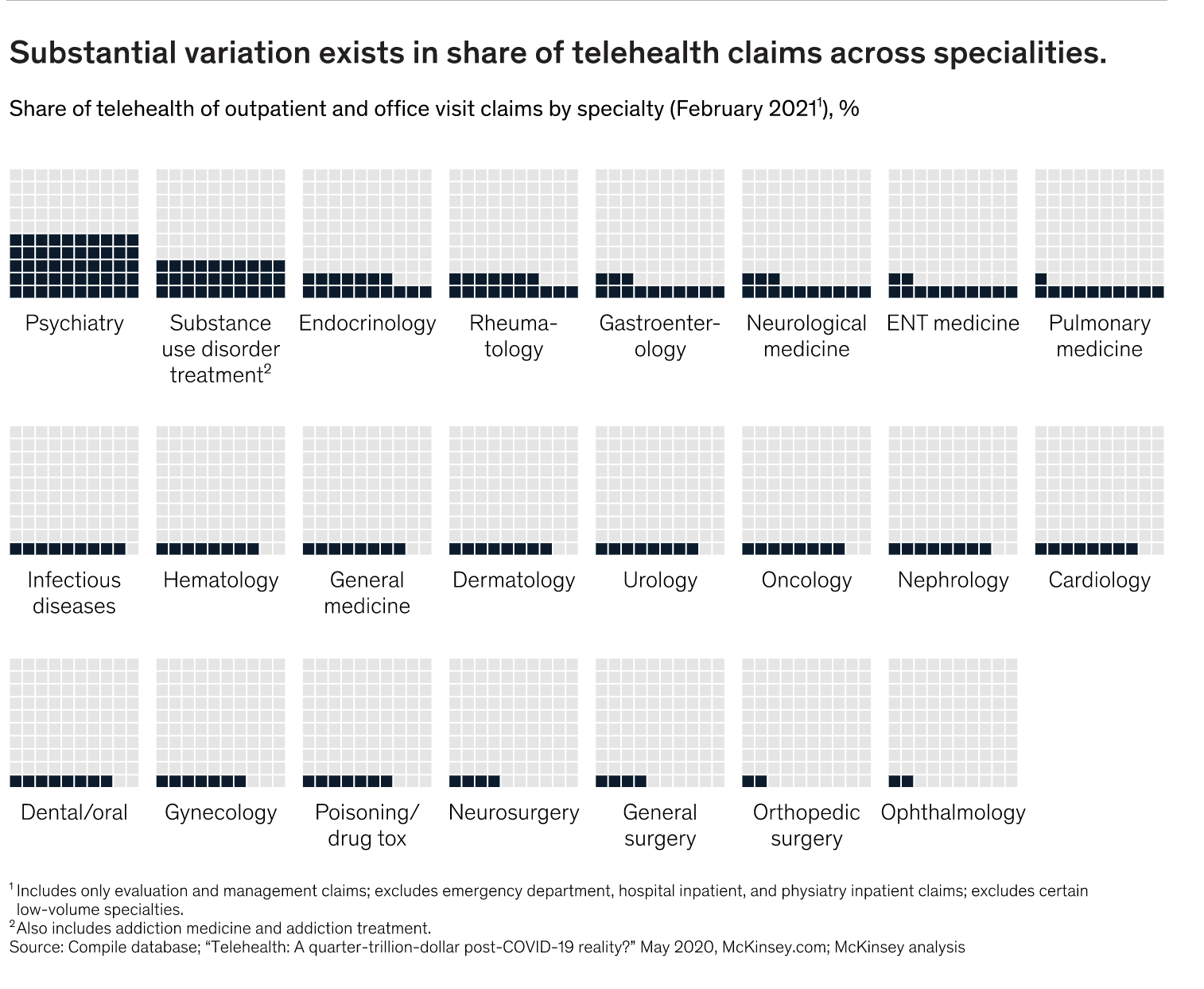

Source: McKinsey
Indeed, telehealth technology has the potential to redefine mental health services due to its ability to overcome barriers and address unique challenges. In this article, we will explore the top 5 benefits of telehealth technology for mental care.


